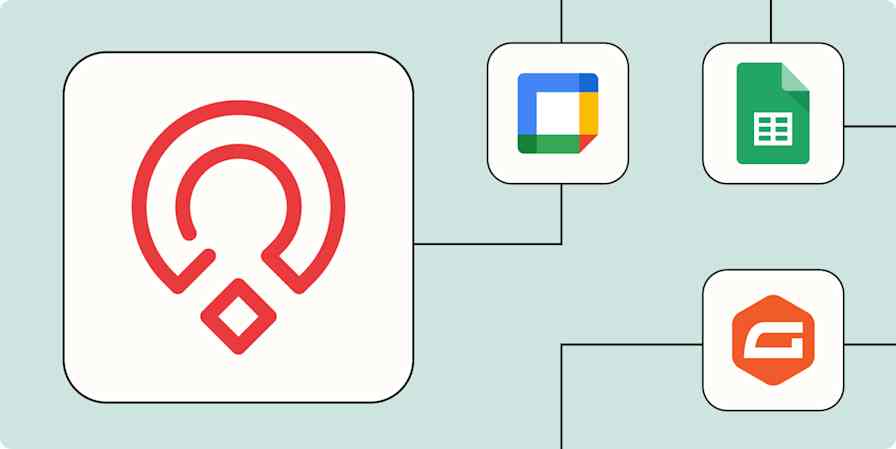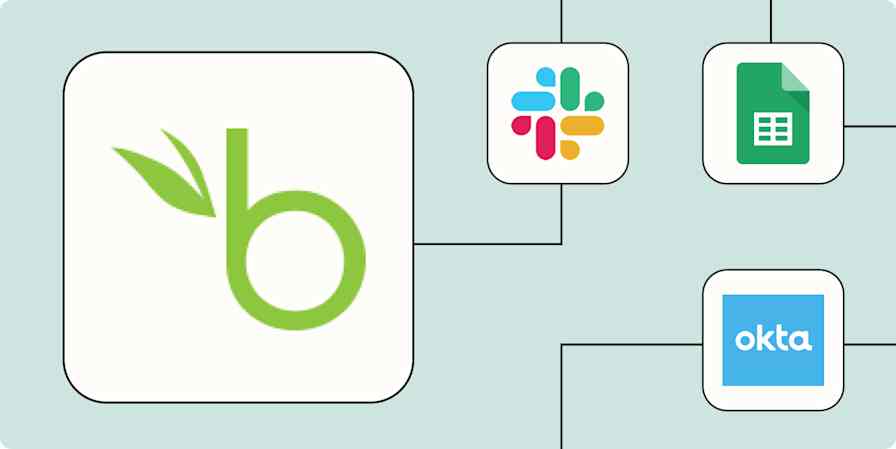Business tips
16 min readThe Small Business Guide to Hiring the Best Employees
Streamline your recruitment and hiring processes with the right tools—and the right mindset
By Alexandra Samuel · June 10, 2018

Get productivity tips delivered straight to your inbox
We’ll email you 1-3 times per week—and never share your information.
tags
Related articles
Improve your productivity automatically. Use Zapier to get your apps working together.







